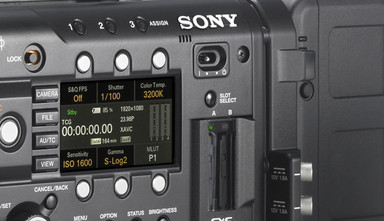Infrared pollution can make dark fabrics look red or magenta, which is not exactly a good look on a bright day. This is where (IR)ND, designed to cut light and also eliminate the infrared problem, comes in. There are many of these filters out today which do the job well; back in 2012, we even held an event where we demonstrated all of these filters. Now, Formatt-Hitech has a new IRND filter line called Firecrest. These IRNDs are special because the eliminate IR but keep the image neutral otherwise. Most IRNDs will alter the color of your image, but the Firecrest filters reduce light linearly in the visible light spectrum, before completely eliminating the infrared energy. In other words, they reduce IR but keep everything else basically the same.
In the video above, I show how these new filters perform on an old EX1 camera, but many cameras today can benefit from these filters, from the new Blackmagic cameras all the way to the RED Epic and Arri ALEXA. Firecrest filters are available in densities from .3 all the way to 3 (that's between 1 and 10 stops reduced), and they work well all the way through the range, so no need to stack filters. To learn more watch the video above, visit Formatt's website, and check out this White Paper with some independent test data from The Academy of Motion Picture Arts and Sciences (AMPAS).

















